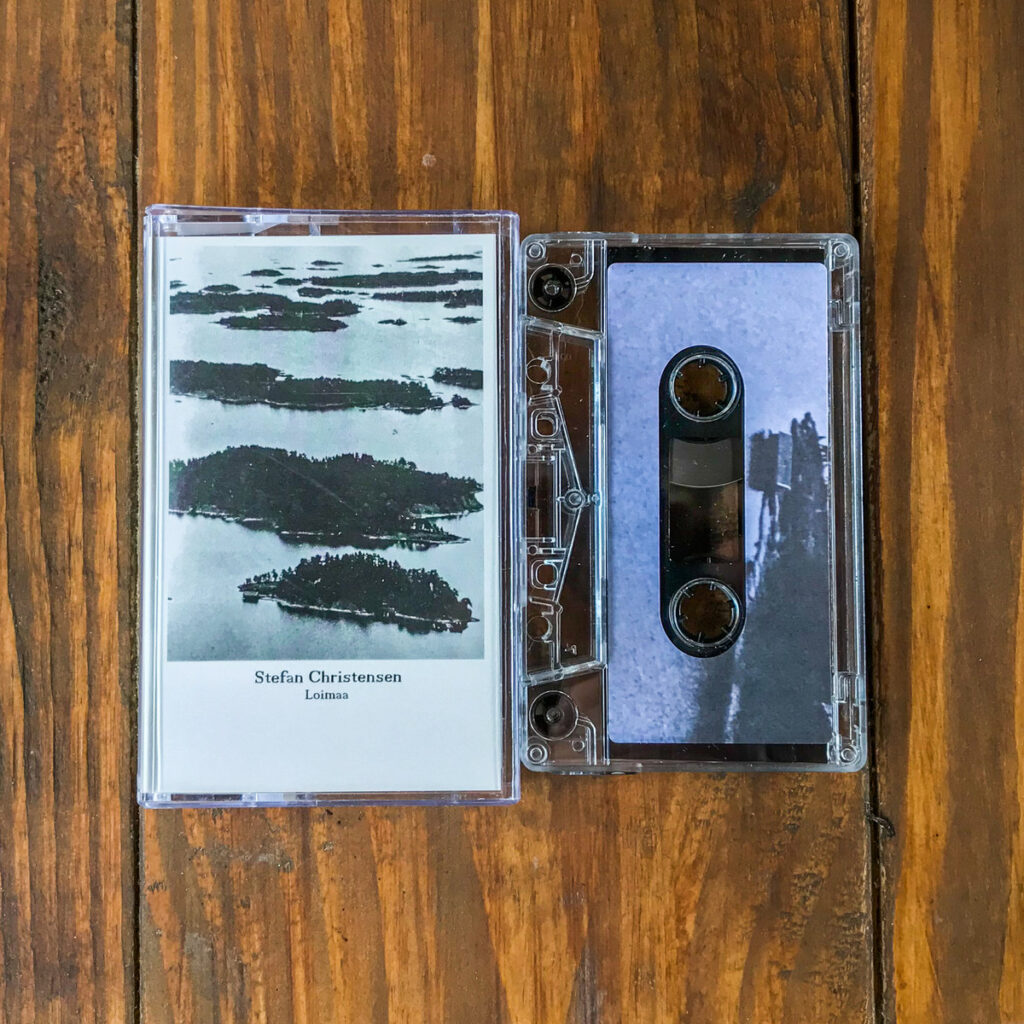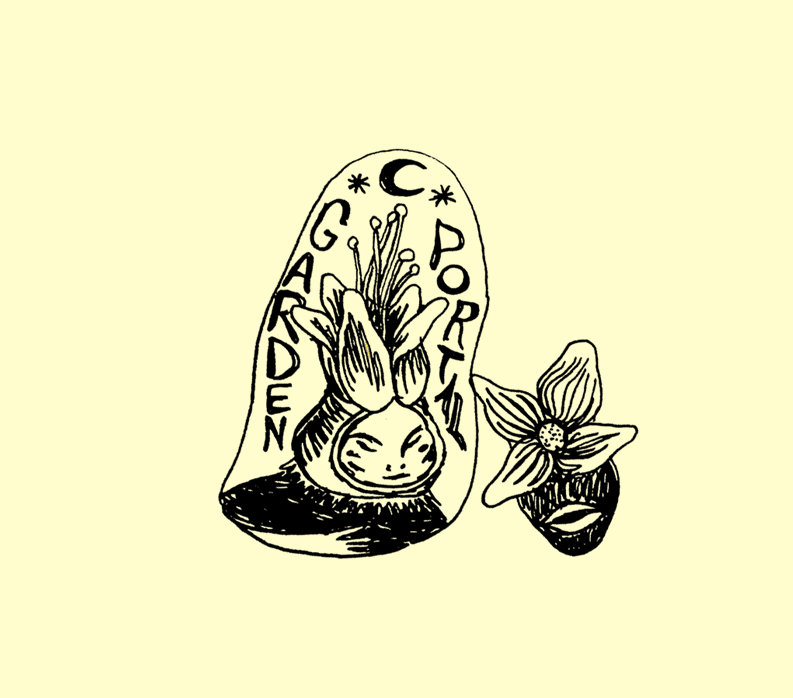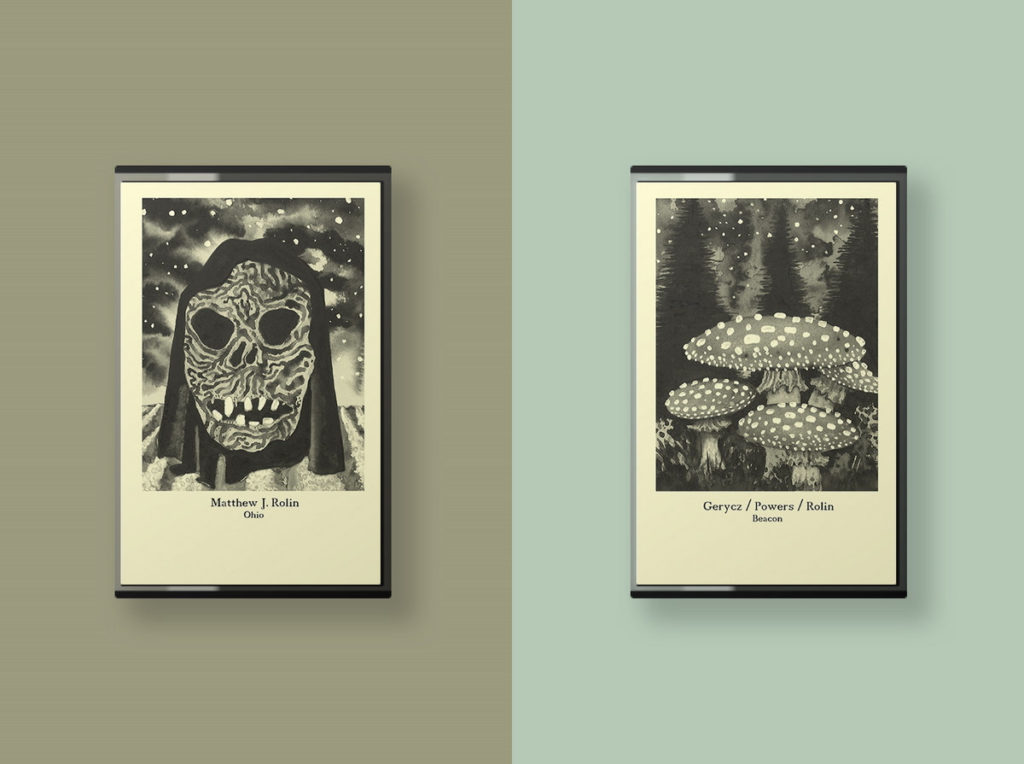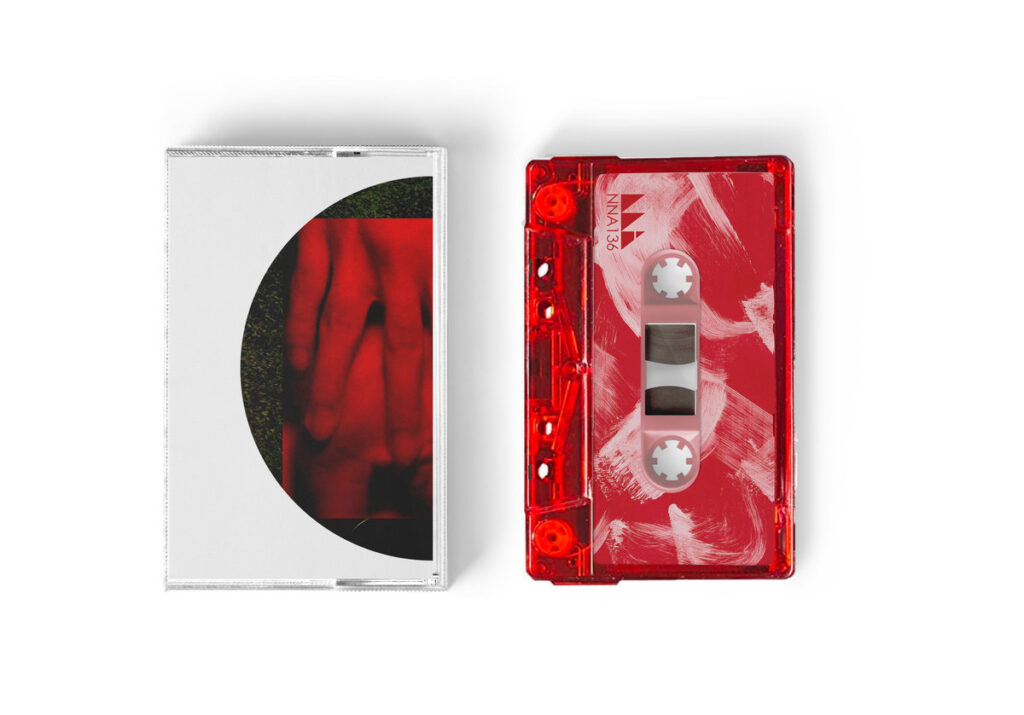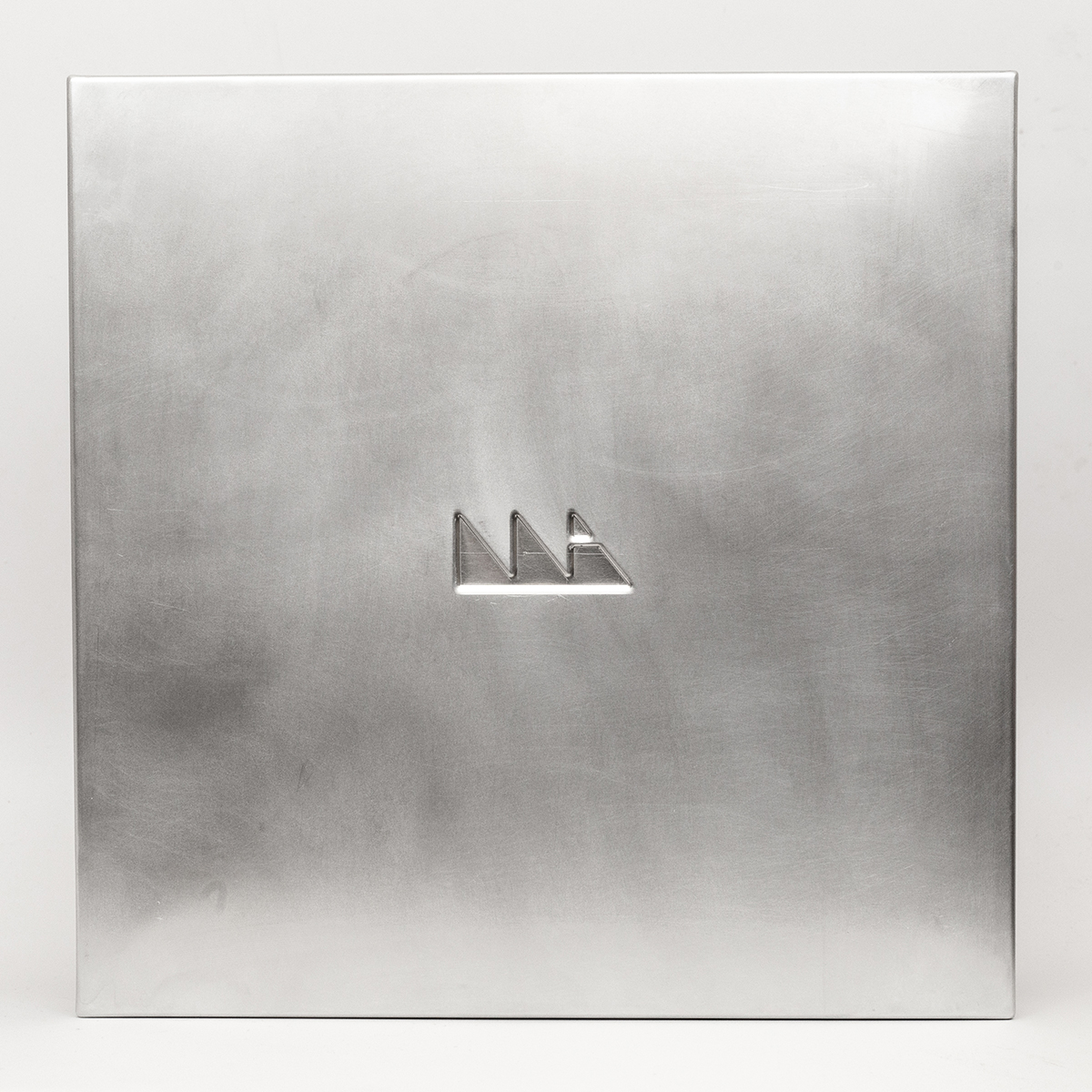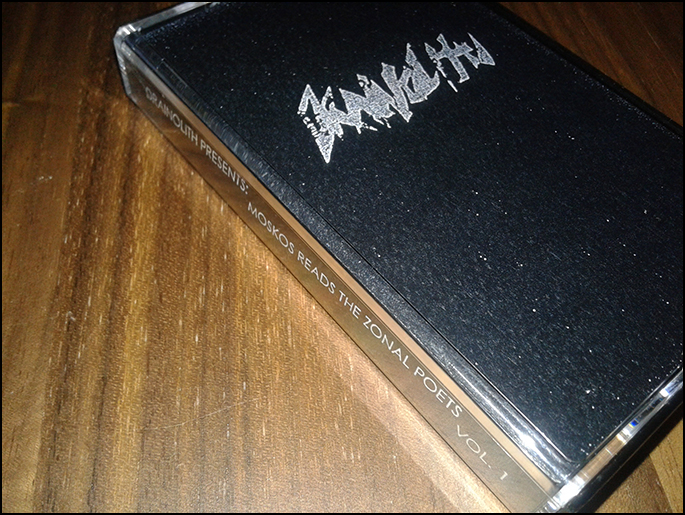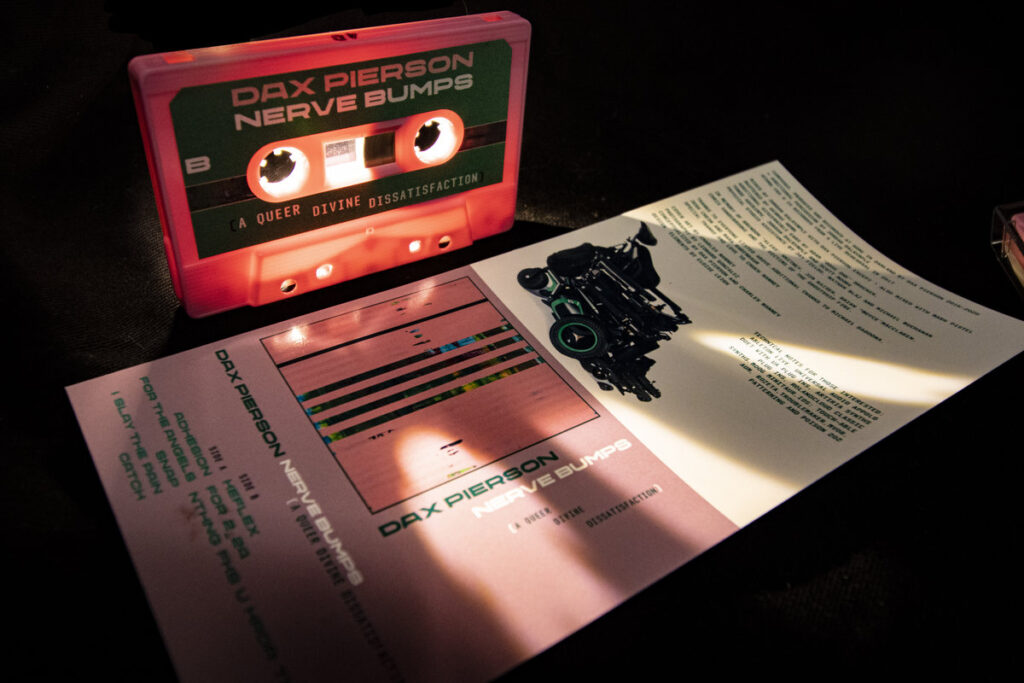7.29.21 by Matty McPherson
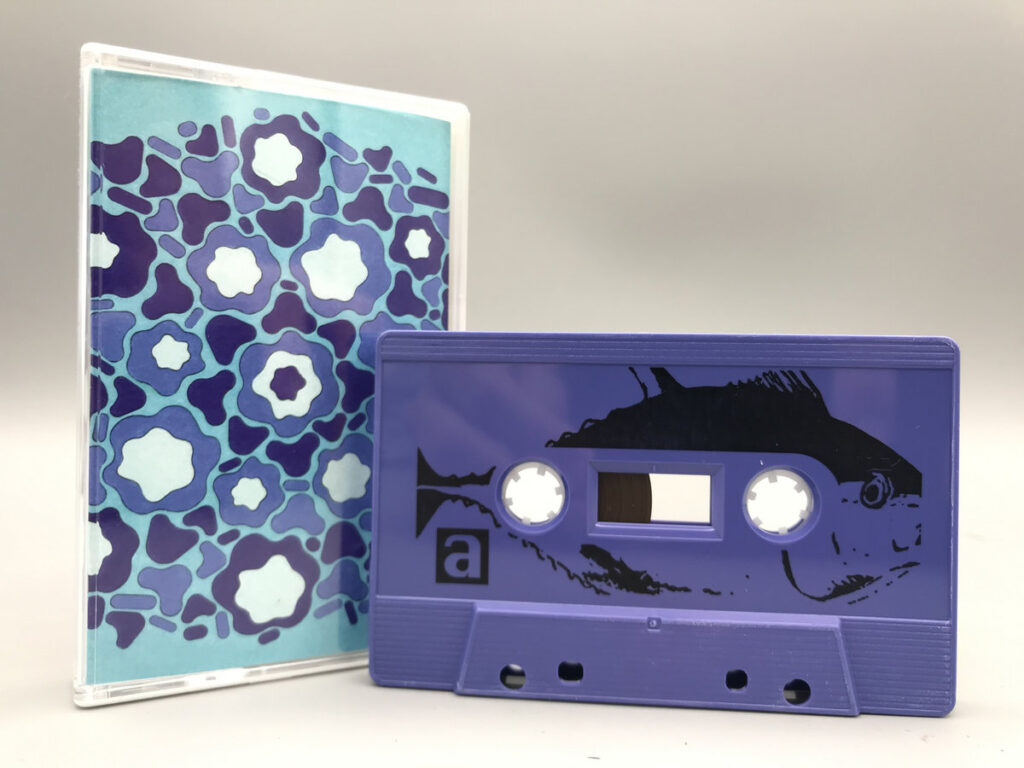
I had a large grin on my face when I discovered we were in for another surprise from Seth K so soon! Kasselman’s previous release, Anteroom in Birch, was his formal return to the world of tapes, trafficking in bubbly yet eerie musique concrète. It’s a sonic framework that UV Catamaran retraces back from one state to another, literally. These four pieces (all running around 9-10 minutes) were recorded between a 2014 move out of LA and finished in 2018 at Phoenix; the decision to unstick them from time and drop them now has (in the words of Kasselman) revealed an “unintended canonic feeling” that further dive into aquatic longform zones, exploring the indeterminate paradoxes that come from within those spaces.
I guess what I’m saying is that onf UV Catamaran, Kasselman finds expansive space to convey a feeling of being mentally immobilized or hindered without ever sounding completely stuck. Side A opens with the title track, where you can find Kasselman meticulously applying an inquisitive electronic hum while window gazing for the perfect echoey drum pattern. Squeamishly re-terraforming itself, the pattern turns towards the most watery and tingly it can, becoming a necessary buffer as an ominous and grand drone breaks towards the surface, trapping everything in its path. On “Long Time Machines,” Kasselman plays up the ominous drone patterns as if it’s a ghost sauntering through his house; clashing with his field recordings of breath or clarinet noise, it sparks piercing moments of horror and sublime bliss.
Side B, with “Comet Tricks” and “Are Overhead,” continue the steady mapping of brain fog. The former balances the babble of a voice under an interrogative wave of synth droning, scanning for the most quixotive of sound cacophonies to tease out and let glisten, if only for a second. After about nine and a half minutes of exploring every nook and cranny there, Kasselman comes down for the latter. “Are Overhead,” featuring Jared Cox on guitar, pieces together the past three tracks into its own. A sputtering and elastic jam until it decides to rip it up and start back from scratch. Halfway through the piece turns its focus on a formless percussive until Cox comes like an angel from the heavens! Gracing Kasselman with a searing, astral solo, Kasselm helps brings UV Catamaran to a plane of jubilant solace.
.
Related Links


